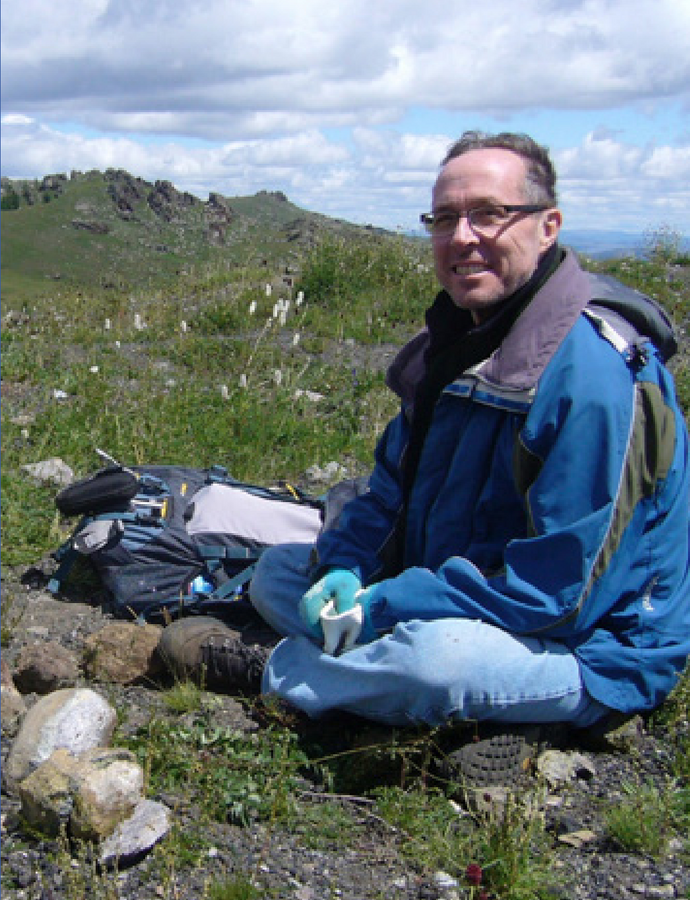Earth is unique amongst the rocky planets in having two very different types of crust. Continental crust is composed primarily of silica-rich rocks like the granite of your kitchen countertops. Oceanic crust is instead almost entirely a black magnesium and iron-rich volcanic rock, basalt, like that erupted in Hawaii. The continental crust juts above water because it is thick and granite is less dense than basalt so it floats higher on top of Earth’s interior. Oceanic crust sinks back into Earth’s interior on hundred-million-year timescales. In contrast, the buoyancy of continental crust allows it to survive longer at Earth’s surface. Even so, only a very small portion of Earth’s surface consists of rocks formed within half a billion years of Earth formation. Dr. Richard Carlson will discuss the continuing efforts to find these rare remnants of Earth’s oldest crust and what they can tell us about what our home planet was like in its infancy.
Dr. Richard Carlson: Director Carnegie Earth and Planets Laboratory
